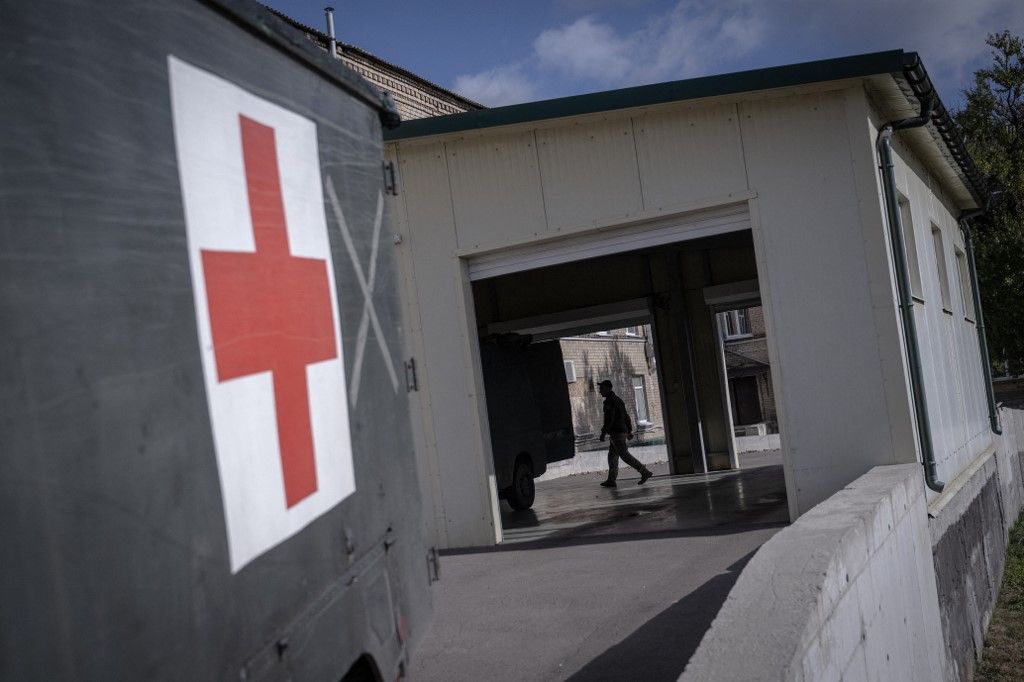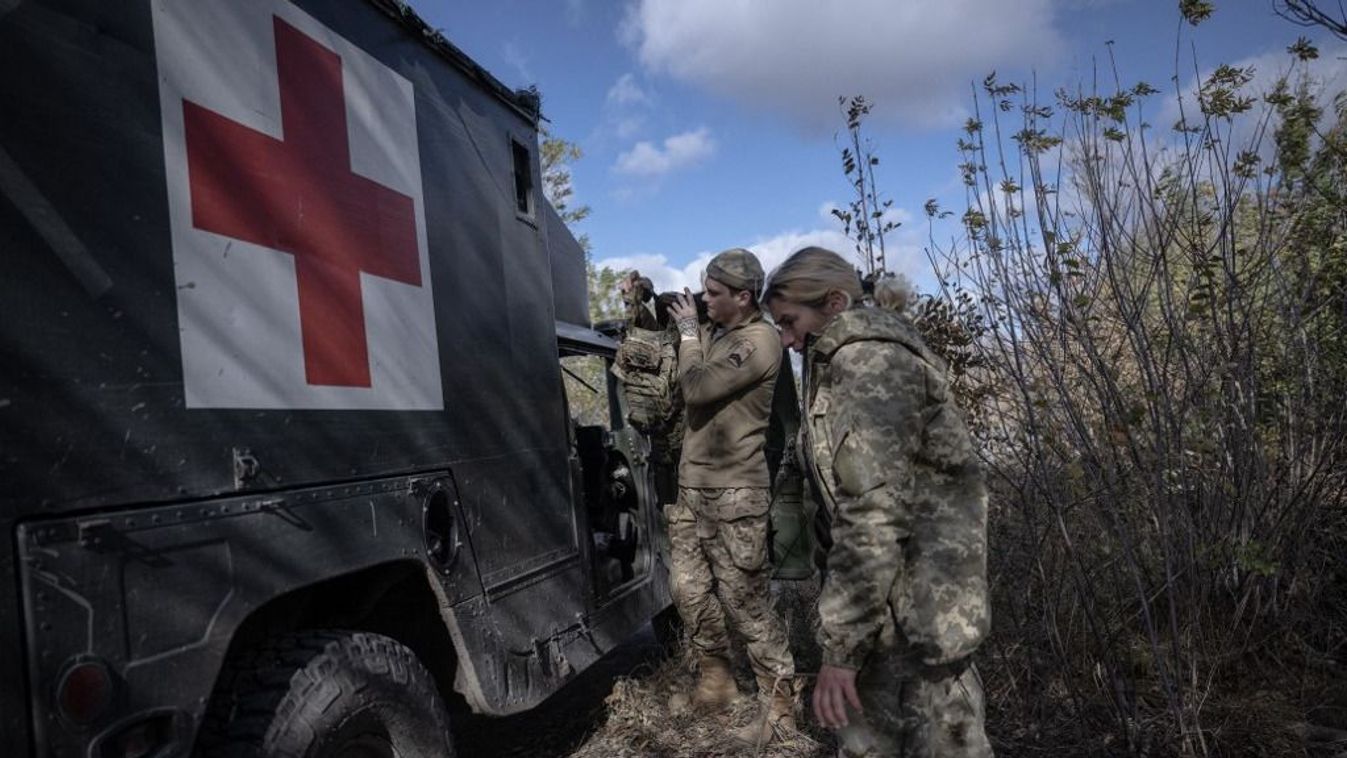During the three years of the ongoing war, Ukraine has become a breeding ground for bacteria resistant to the world's most potent antibiotics, according to Science .

It is striking how incredibly resistant some of the bacteria from Ukraine are. I have never seen anything like this,
said Jason Bennett, director of the resistant bacteria and organisms research division at the Walter Reed Army Institute of Research (WRAIR).
The most significant danger is posed by the bacterium Klebsiella pneumoniae.
This pathogen causes pneumonia, bronchitis, urinary tract infections, and wound infections, especially in infants, diabetics, cancer patients and the elderly. Epidemiologists report that hypervirulent—highly infectious—Klebsiella strains have been found among Ukrainian victims, including some that are pan-drug-resistant, meaning no antibiotic can defeat them.
According to a Journal of Infection report, bacterial strains resistant to treatment have been found in wounded Ukrainian soldiers and civilians.
European and American health agencies have sent diagnostic equipment and trained hospital staff in infection prevention to help contain the spread beyond Ukraine’s borders.
A Global Health Crisis
This is what makes Klebsiella truly dangerous,
said Sarah Legare, a public health expert from Columbia University's Global Health Center, currently working in Kyiv.
A Unique Threat in Ukraine
A report in the Journal of Infection detailed bacterial strains isolated from wounded Ukrainian soldiers and civilians.
European and American health agencies have supplied Ukraine with diagnostic equipment and trained hospital staff in infection prevention to help combat resistant microbes and prevent their spread beyond the country’s borders.
The urgency of these measures is driven by antimicrobial resistance (AMR).
AMR occurs when microorganisms survive and reproduce despite the presence of antimicrobial agents that would normally inhibit or kill them. Experts warn that AMR poses a greater threat than HIV or malaria, as conflict zones essentially serve as breeding grounds for resistant bacteria.
A forecast suggests that by 2050, AMR could contribute to 10 million deaths annually.
According to The Lancet's September 28 report, compiled by the Global Burden of Disease study, AMR directly caused an estimated 1.14 million deaths worldwide in 2021 and contributed to some extent to an additional 4.71 million fatalities.
The misuse of antibiotics is one of the main drivers of resistance, endangering many achievements of modern medicine,
the World Health Organization (WHO) recently warned.
Bullets and shrapnel embed pathogens deep into the body, where they find ideal conditions to multiply,
said Scott Pallett, a physician and microbiologist at the Royal Centre for Defence Medicine.
If an injured soldier cannot be quickly evacuated, doctors are more likely to administer broad-spectrum antibiotics to prevent infections. However, while necessary, this practice inadvertently accelerates the development of drug-resistant bacteria.
Hospitals in Ukraine are struggling with untreatable infections. The journal Science highlighted a case in which the Walter Reed Army Institute of Research (WRAIR ) investigated the death of a severely burned Ukrainian soldier. Despite multiple rounds of antibiotic treatment, he succumbed to sepsis. Doctors found six XDR (extensively drug-resistant) strains in his blood and tissues.























Szóljon hozzá!
Jelenleg csak a hozzászólások egy kis részét látja. Hozzászóláshoz és a további kommentek megtekintéséhez lépjen be, vagy regisztráljon!